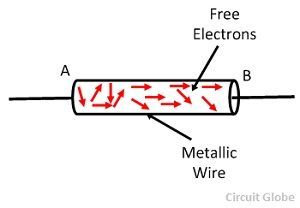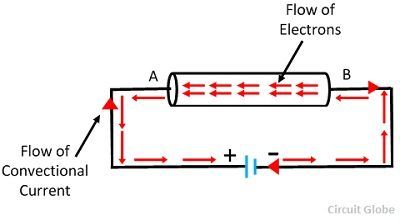Current, in the context of electrical circuits, refers to
the flow of electric charge through a conductor. It is the rate at which
electric charges, typically electrons, move past a given point in a circuit.
Current is measured in units called Amperes (A) and is denoted by the symbol
"I."
In simple terms, current is the flow of electrons or charge in a closed loop circuit. It is similar to the flow of water in a pipe. Just as water flows from a higher pressure to a lower pressure, electric current flows from a region of higher electric potential (voltage) to a region of lower electric potential.
There are two types of current:
- Direct
Current (DC): In a DC circuit, the flow of electric charge is
unidirectional. The magnitude and direction of the current remain constant
over time. Batteries and most electronic devices operate on DC.
- Alternating Current (AC): In an AC circuit, the flow of electric charge periodically changes direction. The magnitude and direction of the current vary sinusoidally with time. AC is commonly used for power distribution in homes and businesses.
The behavior of current in a circuit is governed by Ohm's
Law, which states that the current (I) flowing through a conductor is directly
proportional to the voltage (V) across the conductor and inversely proportional
to its resistance (R). Mathematically, Ohm's Law can be expressed as:
I = V / R
where: I = Current (in Amperes) V = Voltage (in Volts) R =
Resistance (in Ohms)
Current is a fundamental quantity in electrical circuits and
plays a crucial role in determining the behavior and operation of various
electronic components and devices.
Good external resources:


